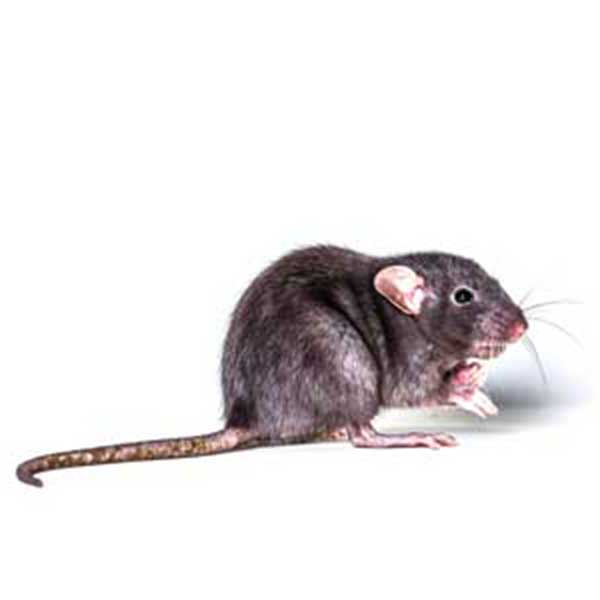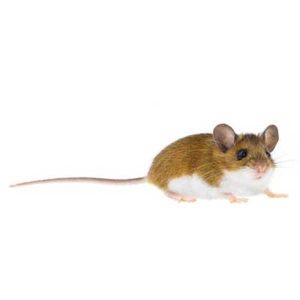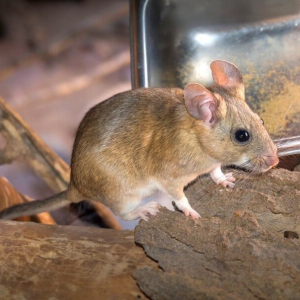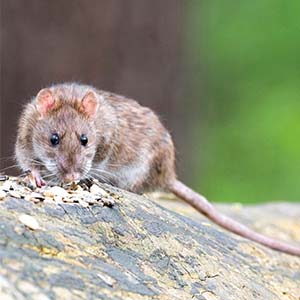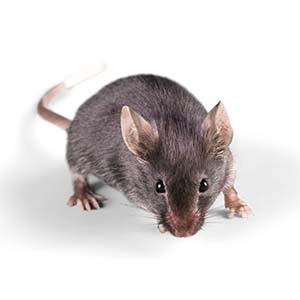Description
Roof Rats in your area
Roof rats are commonly found along the West Coast, particularly in coastal areas of Washington, Oregon, and California. These rats are commensal creatures, which means that they depend on human structures and resources in order to survive. Because roof rats rely on human habitats, they frequently infest homes. However, these rats are excellent climbers and generally stick to tall spaces such as eaves, attics, and rooflines. Roof rats can easily be identified by their exceptionally long tails, which are longer than their heads and bodies combined.
Roof Rat Habitat
Roof rats get their name from their habit of nesting in tall areas that are high off the ground – such as roofs. Outdoors, these pests may also nest in tree canopies, shrubs, and vines. Roof rats are expert climbers, thanks in part to special pads on the bottom of their feet and their long tails, both of which help these rats stay balanced even in tight spaces. Because roof rats are commensal pests, they are often found in or near human habitats. Common hiding places for these pests include attics, overhead garage storage, and woodpiles. Since roof rats are nocturnal, scratching sounds at night are often the first sign of an infestation.
Roof Rat Behaviors, Threats, or Dangers
As with all other rats, roof rats pose a serious health concern to humans. Salmonella, rat-bite fever, and leptospirosis are just a few of the potentially deadly diseases that these pests can spread. Because roof rats are commensal creatures, they frequently contaminate food or other items that are meant for humans, pets, and lifestock. Roof rats are omnivores that will consume a wide variety of substances, from meat and birdseed to pet food and feces. In addition to spreading dangerous diseases, roof rats can cause extensive damage to homes by chewing through walls and electrical wires. If you notice the signs of a roof rat infestation in or near your home, it is important to contact a licensed rodent control company as soon as possible.
Need help with Roof Rat control?
We'll call you! Leave your information below.
